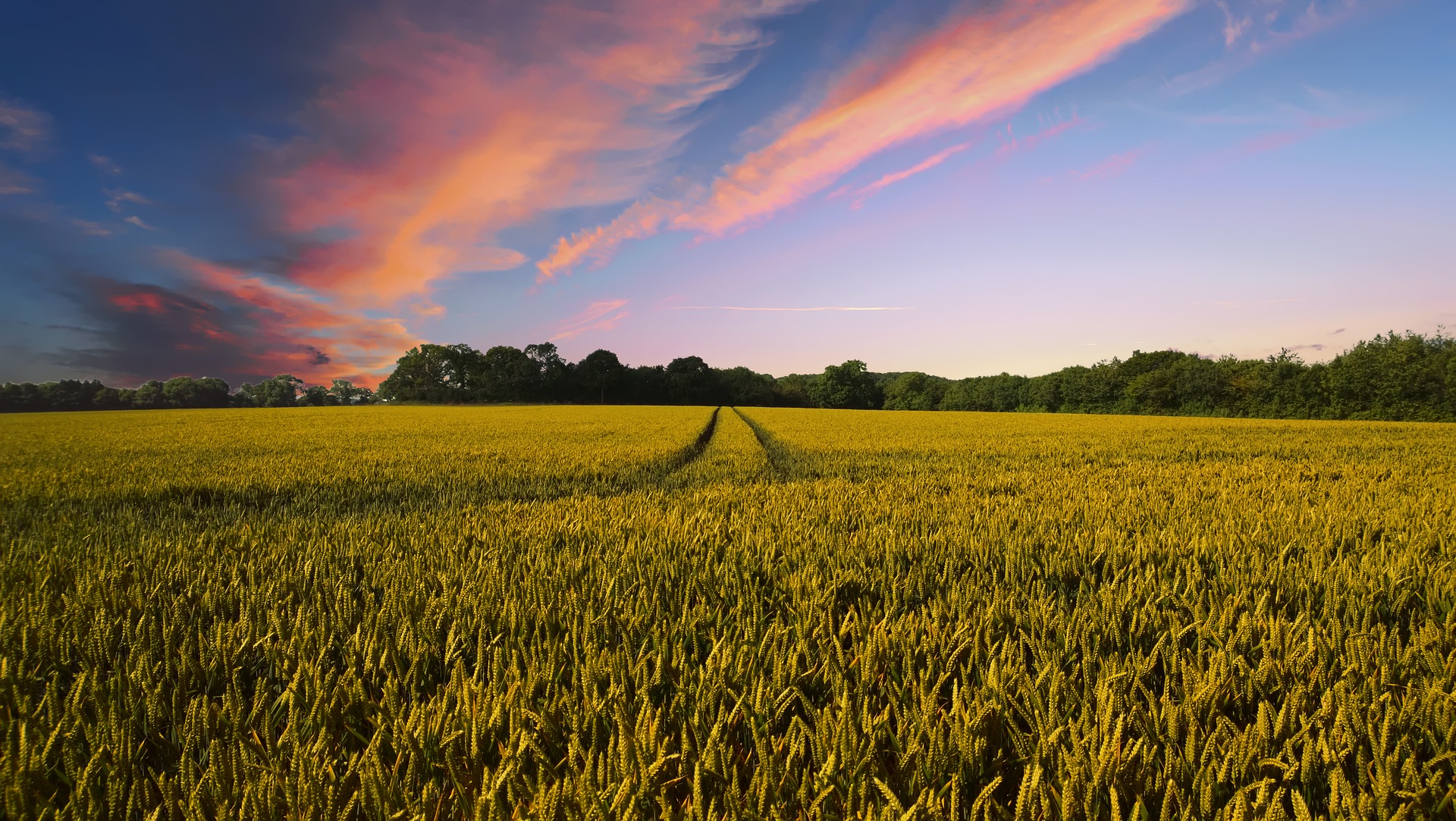I’ve spent some time speaking to our Scottish Rural Affairs Secretary Fergus Ewing at the various agricultural shows this summer and one topic that came up time after time in conversation was the fact that no less than 85% of farmland in Scotland is classified as Less Favoured Area (LFA).
The importance of this fact is that farmers and crofters get higher support payments per hectare for this less favoured land than non-LFA land.
With Brexit coming at us like a steam train the whole agriculture support system is now under intense scrutiny by governments on both sides of the border. The Holyrood opinion is best summed by the Scottish Government in their consultation document which states “Consideration must be given to how best to support and integrate agriculture into the broader rural economy after Brexit and how to protect and enhance long term future support for Less Favoured Areas”
Once again the LFA’s are mentioned and while most farmers would really like to farm without support I fear it is going to be necessary to keep some form of subsidy payment in place for the LFA’s, or risk losing livestock from the hills and returning those areas to overgrown bracken and scrubland. In the circle of countryside life, every part depends on another part functioning properly and to the casual observer and visitor, none of this is at all obvious.
Let’s just tease this “circle of countryside life” apart on a hill farm and take a quick peek inside …
We’ll see a farmer with his or her family plus maybe an employee or two complete with a farmhouse, steading and possibly a cottage or two … Then there’s a whole plethora of people who surround the farmer for various reasons and this list is by no means complete … machinery dealers and repairers, vets, advisers, agronomists, agricultural contractors, builders, plumbers, electricians, farm quality inspectors, SEPA, pest controllers, insurers, auctioneers, sales personnel and bankers. However, if the farm has a secondary source of income from a diversification project such as a farm shop, B&B, holiday cottages or the like, then a whole new raft of personnel come into the picture to protect the health and safety of the general public … On top of all of this network the local area may have a school, a shop and if they’re extremely lucky maybe a bank and a bus service.
But here’s the point, a lot of these people who are indirectly employed by farmers and crofters would disappear if the fortunes of agriculture were to take a nosedive.
Of course our farmer is producing food and maintaining the countryside so that visitors can enjoy the rolling hills, mountains and green pastures. Just as importantly those same visitors will enjoy the local food produced and in that way, help to sustain our farms and crofts. However, the livestock and crop sales from the hill farm or croft will not make a profit by themselves as the price of food is too low and therefore the whole system needs help to survive by a cash support system. So, enter into the equation the final part of the circle – the vital European Common Agriculture Policy (EU – CAP) subsidy payments.
However, if we take away any part of this “circle of countryside life”, then the whole thing is at risk of a total meltdown and our circle quickly becomes an out of control downward spiral.
That is why after Brexit we must have an adequate support system in place which will keep farmers and crofters working on the land and looking after our countryside. Fergus Ewing has championed the cause of LFA support payments ever since he became Scottish Minister for Rural Affairs and I just hope that in amongst all the Brexit mayhem he is able to secure a deal which will maintain the essential “circle of countryside life.”
@farmerjonesy
